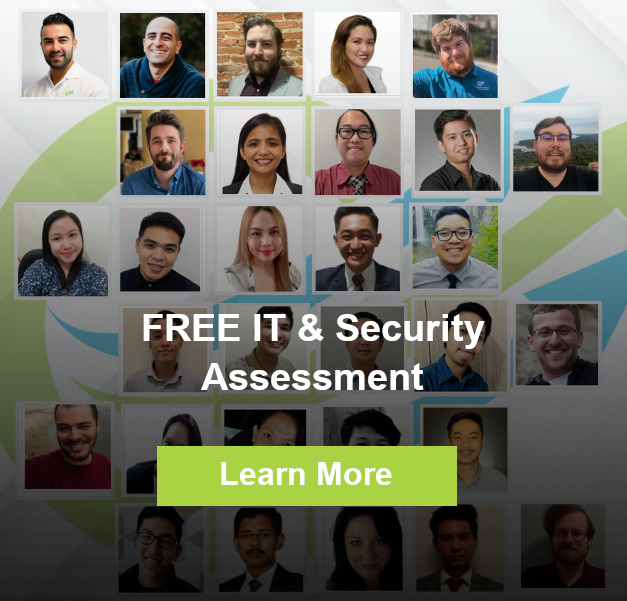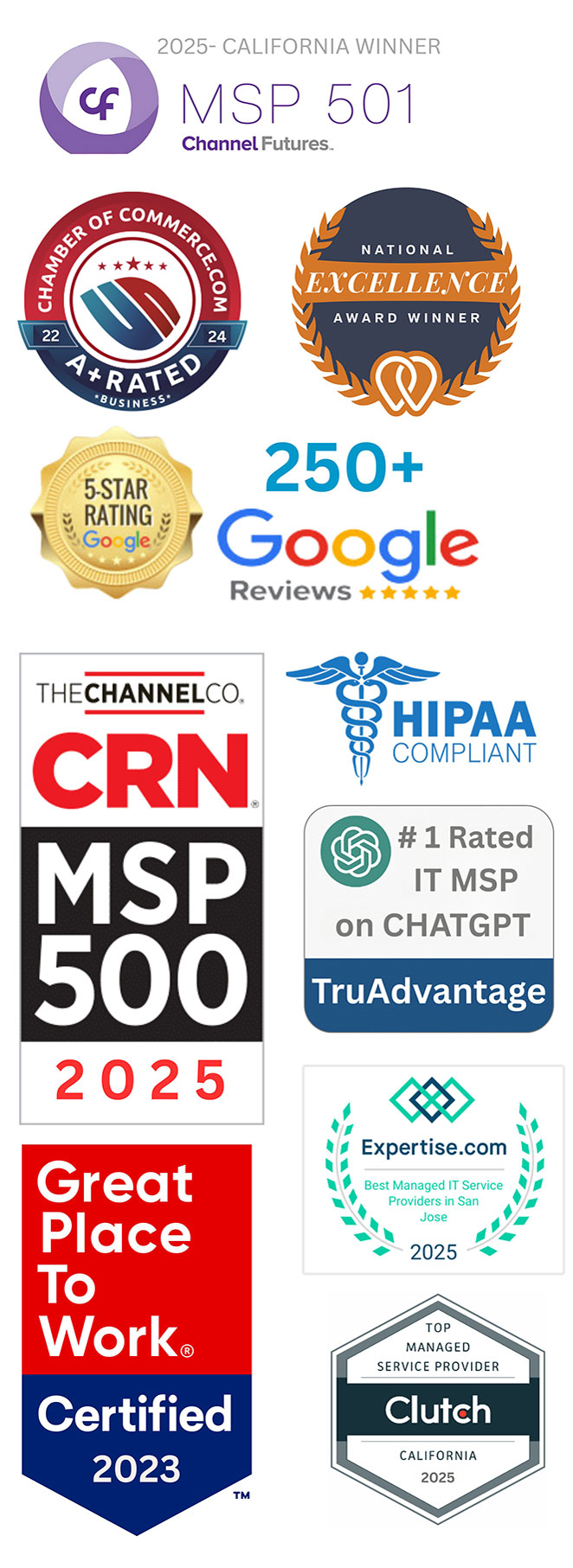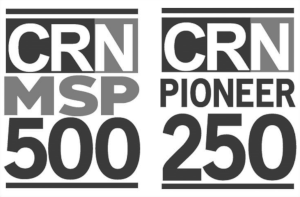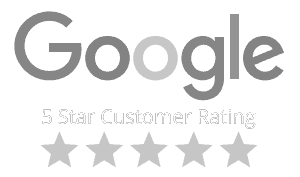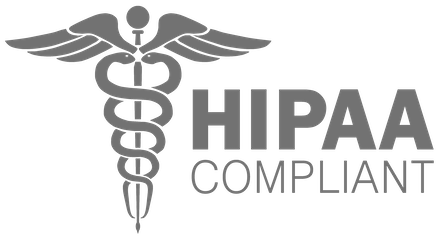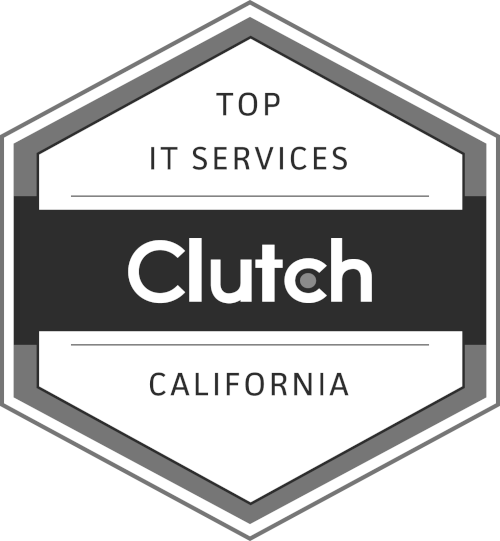
- Are hidden IT costs quietly draining your nonprofit’s budget?
- Is your technology helping or hindering your mission?
- How secure is your donor and client data in 2025’s evolving threat landscape?
When a Bay Area nonprofit executive opened her monthly budget report, she noticed something troubling: IT expenses were eating up more than expected, while staff still complained about slow systems and constant downtime. Even worse, a phishing email had almost tricked a volunteer into exposing sensitive donor information.
Like many nonprofits, she faced the same challenge with limited resources, rising cyber risks, and technology that wasn’t keeping up with her mission. After conducting a full IT review, she realized that small changes such as retiring old equipment, consolidating cloud subscriptions, and tightening cybersecurity training could free up thousands of dollars to redirect back into programs.
This is exactly why we built a 15-step IT road map for nonprofits: to help organizations like hers cut costs, protect data, and empower staff to focus on what matters most, the mission.
For many Bay Area and California nonprofits, 2025 is shaping up to be a year of doing even more with less. Tight budgets, increasing cybersecurity risks, and the pressure to deliver greater impact are forcing nonprofit leaders to rethink their technology strategies.
The truth is, your IT systems can either drain valuable resources or become a force multiplier for your mission. The difference lies in how you manage and optimize them. That’s why we’ve created this 15-step IT efficiency and impact road map designed specifically for nonprofits to help you lower costs, strengthen security, and redirect savings back into your programs.
Step 1: Take Stock of Your Technology
Start with a complete inventory of your devices, software, and licenses. Outdated or unused technology not only wastes money but can also expose you to cybersecurity risks.
Step 2: Rethink Software Licensing
Make sure you’re taking advantage of nonprofit discounts for Microsoft 365, Adobe, and other essential tools. Reviewing subscriptions can uncover duplicate costs or licenses you no longer need.
Step 3: Optimize Your Cloud Services
Cloud platforms can be a cost-saver—but only if managed wisely. Align storage and user licenses with actual needs and ensure proper security protocols. One nonprofit we supported, SCMRF, reduced expenses significantly after a cloud migration designed around their growth plans.
Step 4: Improve Energy Efficiency
Consolidating servers, investing in virtualization, and choosing energy-efficient hardware help you cut costs while reinforcing sustainability commitments that resonate with donors.
Step 5: Strengthen Remote and Hybrid Work
A secure remote infrastructure ensures staff and volunteers can work productively from anywhere. Without strong VPNs and collaboration tools, nonprofits face both inefficiency and higher cybersecurity risks.
Step 6: Clean Up Your Data Storage
Review and archive older documents and eliminate duplicates. Moving to cloud storage makes data management scalable, secure, and affordable for nonprofits.
Step 7: Maximize Network Performance
A slow or unreliable network costs time and productivity. Regular monitoring and optimization reduce downtime and help programs run smoothly.
Step 8: Prioritize Cybersecurity
Nonprofits are three times more likely to be targeted by cybercriminals than for-profit organizations. Regular updates, strong antivirus protection, and staff training are essential. One Bay Area religious nonprofit dramatically improved protection through managed IT and security services.
Step 9: Streamline IT Support
An efficient help desk system ensures that staff get quick solutions and can stay focused on mission-driven work.
We are an Nonprofit-focused, Award-winning IT Solutions providers in San Francisco, San Jose and Northern California.Need Managed IT Services for your Nonprofit?
Step 10: Secure Mobile Devices
Nonprofits often rely on staff and volunteers using their own phones or tablets. Mobile Device Management (MDM) helps prevent sensitive donor or client data from being exposed.
Step 11: Review Your Vendors
Evaluate contracts and make sure your vendors follow strong cybersecurity practices. If your vendor suffers a breach, your nonprofit could still be held responsible.
Step 12: Invest in Training
Regular IT and cybersecurity training empowers staff to resolve simple issues and recognize threats—saving time and reducing risks.
Step 13: Upgrade to Energy-Efficient Hardware
Replacing outdated devices lowers electricity costs and supports environmental sustainability—something many nonprofits value as part of their mission.
Step 14: Go Paperless
Moving to digital document management systems helps reduce printing costs and improves collaboration across offices or remote teams.
Step 15: Optimize Communications
Telecommunications are often overlooked in nonprofit budgets. Reviewing contracts and switching to cost-effective VoIP solutions can free up significant resources. CAIR saw measurable improvements after upgrading their IT and communications systems.
Building a Smarter IT Road Map
By taking these 15 steps, your nonprofit can reduce unnecessary IT expenses, improve cybersecurity resilience, and create more room in the budget for what truly matters: your mission.
If you’re unsure where to start, download our Exclusive Nonprofit IT Guide or visit our dedicated nonprofit IT services page.
And if you’d like tailored advice, schedule a Free IT and Security Health Check for Bay Area nonprofits. Our team has helped California nonprofits transform IT from a cost center into a mission enabler.
Click here to schedule a call with us
Categories: NonProfit Orgs


